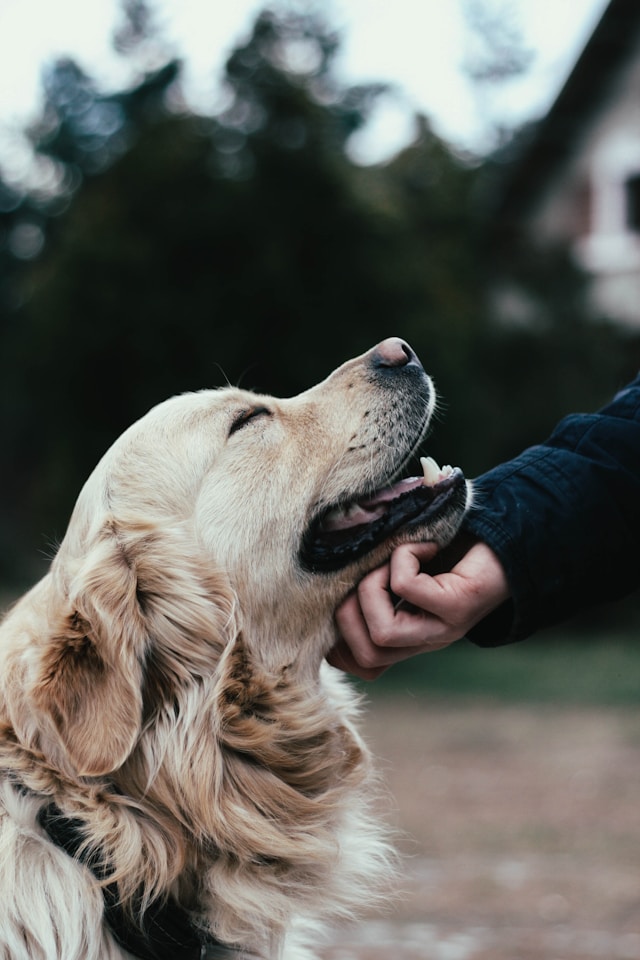
Disasters can strike without warning, whether it’s a natural event like an earthquake, hurricane, or flood, or a human-made crisis like a fire or chemical spill. While preparing for your family’s safety is critical, ensuring the well-being of your pets is equally important. Pet disaster preparedness involves planning, equipping, and training to protect your furry, feathered, or scaled companions during emergencies. This 1000-word article outlines the essential steps to keep your pets safe, covering preparation, emergency kits, evacuation plans, and post-disaster care.
Why Pet Disaster Preparedness Matters
Pets are family members, and their safety during a disaster can significantly impact your emotional and practical response to a crisis. According to the American Veterinary Medical Association, over 60% of U.S. households own pets, yet many owners lack a disaster plan for their animals. Unprepared pets may face risks like injury, separation, or even loss during emergencies. A well-thought-out plan ensures your pets remain safe, reduces stress, and allows you to focus on other critical tasks during a disaster.
The Risks Pets Face in Disasters
Pets face unique vulnerabilities during emergencies. They may become frightened and run away, get trapped in hazardous areas, or suffer from a lack of food, water, or medical care. Natural disasters like floods can expose pets to contaminated water, while fires may cause burns or smoke inhalation. Human-made disasters, such as gas leaks, can be equally dangerous. Preparing in advance mitigates these risks and increases the chances of a positive outcome for your pets.
Creating a Pet Disaster Preparedness Plan
A comprehensive pet disaster preparedness plan involves several key components, from identification to evacuation strategies. Below are the critical steps to take.
1. Ensure Proper Identification
Proper identification is the first line of defense in keeping your pet safe. If your pet gets separated from you during a disaster, identification increases the likelihood of a reunion.
Microchip Your Pet: A microchip, implanted by a veterinarian, contains a unique ID number linked to your contact information. Ensure the microchip is registered with a national database and keep your details updated.
Use Collars and Tags: Equip your pet with a collar that includes tags with your current phone number and address. Consider adding a tag with a temporary contact number for emergencies.
Keep Photos Handy: Maintain recent photos of your pet, showing distinctive markings, to aid in identification if they go missing.
2. Build a Pet Emergency Kit
A pet emergency kit is essential for ensuring your pet’s needs are met during a crisis. Store the kit in an easily accessible location and check it regularly to ensure supplies are fresh.
What to Include in a Pet Emergency Kit
Food and Water: Pack a minimum of three days’ worth of pet food in airtight, waterproof containers. Include portable water bowls and at least one gallon of water per pet for three days.
Medications and Medical Records: Include a supply of any medications your pet requires, along with a copy of their medical records and vaccination history in a waterproof container.
First-Aid Supplies: Stock basic items like bandages, antiseptic wipes, and tweezers for minor injuries.
Comfort Items: Familiar items like a favorite toy, blanket, or bed can reduce stress for your pet.
Sanitation Supplies: Include pet waste bags, litter, and a small litter box for cats.
Leashes and Carriers: Have a sturdy leash, harness, or pet copyright ready for safe transport.
3. Develop an Evacuation Plan
Evacuation planning ensures you can safely and quickly relocate with your pets during an emergency. Consider the following:
Know Your Evacuation Options
Pet-Friendly Shelters: Research local shelters or hotels that accept pets during emergencies. The Federal Emergency Management Agency (FEMA) provides resources for finding pet-friendly accommodations.
Designate a Safe Haven: Identify a trusted friend, family member, or boarding facility outside the disaster-prone area where your pet can stay.
Practice Evacuations: Familiarize your pet with their copyright or leash and practice loading them into a vehicle to reduce stress during an actual evacuation.
Transportation Considerations
Secure Carriers: Ensure carriers are large enough for your pet to stand, turn, and lie down comfortably.
Vehicle Safety: Use seat belts or secure carriers to prevent movement during transport.
Plan Routes: Map out multiple evacuation routes in case primary roads are blocked.

4. Train Your Pet for Emergencies
Training can make a significant difference in how your pet responds during a disaster. Basic commands like “come,” “stay,” and “calm” can help manage your pet in chaotic situations.
Crate Training: Teach to be comfortable in a crate or copyright, as this is often necessary during evacuations.
Desensitization: Expose your pet to loud noises or crowded environments gradually to reduce fear during emergencies.
Socialization: Ensure your pet is comfortable around strangers, as ペット防災 they may encounter unfamiliar people in shelters or boarding facilities.
Preparing for Specific Disasters
Different disasters require tailored preparations. Here’s how to adapt your plan for common scenarios.
Natural Disasters
Earthquakes: Secure heavy objects in your home to prevent them from falling on your pet. Keep a pet emergency kit near an exit for quick access.
Hurricanes and Floods: Elevate pet supplies to avoid water damage and identify high-ground evacuation routes. Avoid letting pets drink floodwater, which may be contaminated.
Wildfires: Monitor air quality and keep pets indoors during smoky conditions. Have a fire-resistant ペット防災 pet copyright ready for quick evacuation.
Human-Made Disasters
Fires: Install smoke detectors and practice fire drills with your pet. Keep leashes and carriers near exits for rapid evacuation.
Chemical Spills: Know the signs of chemical exposure (e.g., difficulty breathing, lethargy) and have a vet’s contact information readily available.
Post-Disaster Care for Pets
After a disaster, your pet may need extra care to recover from stress or injuries.
Monitor Health and Behavior
Check for Injuries: Examine your pet for cuts, burns, or signs of distress and seek veterinary care if needed.
Watch for Stress: Changes in behavior, such as aggression or withdrawal, may indicate trauma. Provide a calm environment and familiar items to help them adjust.
Prevent Disease: Ensure your pet’s vaccinations are up to date, as disasters can increase exposure to diseases.
Reuniting with Lost Pets
If your pet goes missing, act quickly:
Contact Local Shelters: Check with animal shelters, vet clinics, and rescue organizations in the area.
Use Social Media: Post photos and descriptions of your pet on platforms like X or local community boards.
Visit Lost Pet Databases: Register your pet with national lost ペット防災 pet databases and check for found animals.
Additional Resources
Several organizations provide valuable resources for pet disaster preparedness:
ASPCA: Offers printable checklists and disaster preparedness guides for pet owners.
FEMA: Provides information on pet-friendly shelters and evacuation planning.
Red Cross: Includes pet safety tips in their disaster preparedness materials.
Pet disaster preparedness is an essential responsibility for every pet owner. By ensuring proper identification, building an emergency kit, developing an evacuation plan, and training your pet, you can significantly reduce their risk during a crisis.
Tailoring your preparations to specific disasters and knowing how to care for your pet afterward will further enhance their safety. With a little planning and foresight, you can protect your beloved companions and ensure they remain safe and secure, no matter what challenges arise. Start preparing today—your pets are counting on you.